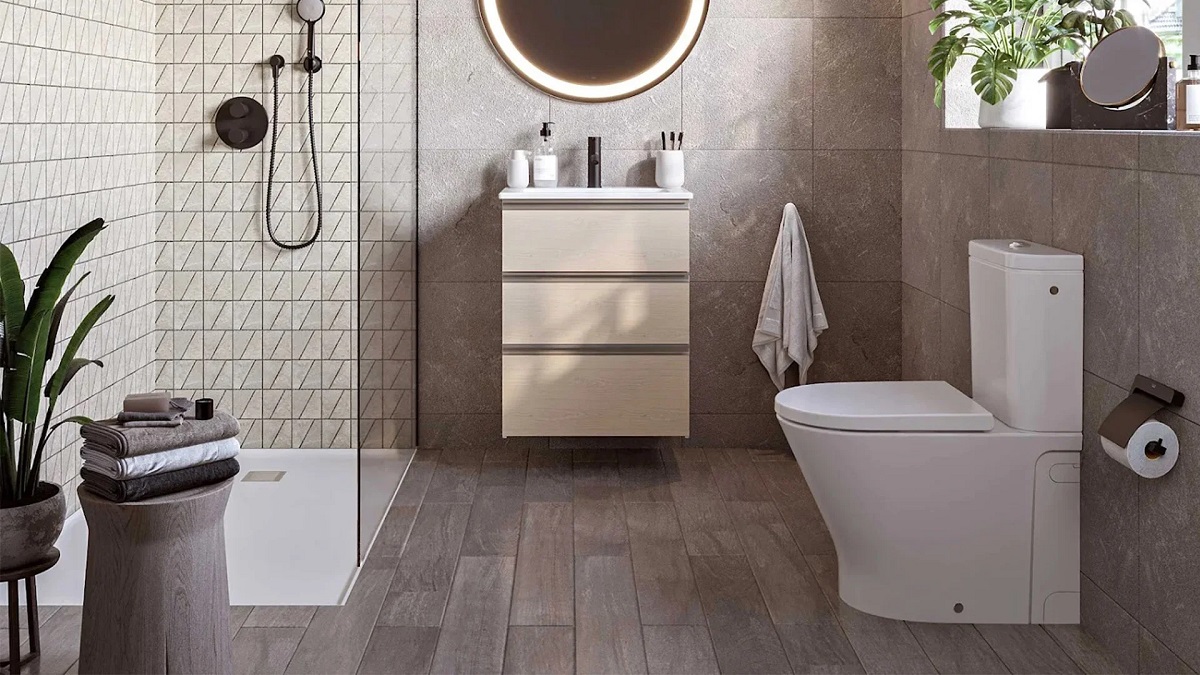

Articles
What Is The Best Toilet For Flushing
Modified: October 19, 2024
Looking for the best toilet for flushing? Our informative articles provide expert insights and recommendations to help you make an informed decision.
(Many of the links in this article redirect to a specific reviewed product. Your purchase of these products through affiliate links helps to generate commission for Storables.com, at no extra cost. Learn more)
Introduction
Choosing the right toilet for your home can make all the difference when it comes to comfort and convenience. One of the most important factors to consider is the flushing mechanism. A powerful and efficient flushing toilet ensures thorough waste removal and prevents clogs.
With a wide range of options available, it can be overwhelming to navigate through the different types of flushing toilets. In this article, we will explore the various factors to consider when selecting the best toilet for flushing.
From gravity flush toilets to pressure assist toilets, dual flush toilets, water-efficient flushing toilets, and more, each type has its own advantages and considerations. By understanding these factors, you can make an informed decision and choose a toilet that meets your specific needs.
So, let’s dive into the world of flushing toilets and discover what you need to know to find the perfect toilet for your home!
Key Takeaways:
- When choosing a flushing toilet, consider factors such as water efficiency, flushing power, noise level, and ease of maintenance to ensure optimal performance and long-term satisfaction in your bathroom.
- Gravity flush, pressure assist, dual flush, and water-efficient toilets offer diverse options to meet specific needs. Balance upfront cost with long-term benefits to make an informed decision that fits your budget and requirements.
Read more: Toilet Sprays When Flushed
Factors to Consider for a Flushing Toilet
When selecting a flushing toilet, there are several key factors to consider. These factors will help you ensure optimal performance, water efficiency, ease of maintenance, and overall satisfaction. Let’s take a look at what you should keep in mind:
- Flush Mechanism: The flush mechanism is the heart of a toilet’s flushing power. There are different types of flush mechanisms available, such as gravity flush, pressure assist, and dual flush. Each mechanism has its own pros and cons, so it’s important to understand how they work and choose one that suits your needs.
- Water Efficiency: With increasing concerns about water conservation, it’s essential to choose a toilet that is water-efficient. Look for models with a high WaterSense rating, which indicates that they meet strict water-saving standards. An efficient toilet can save you money on your water bills while also reducing your environmental footprint.
- Flushing Power and Performance: A toilet’s flushing power determines its ability to effectively remove waste with each flush. Look for toilets with features like larger trapways, glazed surfaces, and optimized bowl designs for better flushing performance. Additionally, consider the trapway size and flush valve diameter, as they can significantly impact flushing power.
- Noise Level: The noise level of a flushing toilet can be a concern, especially if you have a bathroom located near bedrooms or other quiet areas. Some toilets are designed with noise-reducing features, such as insulated tanks or pressure-assist mechanisms, to minimize noise during flushing. Consider these factors if a quiet flushing experience is important to you.
- Ease of Maintenance and Cleaning: Keeping your toilet clean and well-maintained is essential for hygiene and longevity. Look for toilets with smooth surfaces, removable seats, and easy-to-access components for hassle-free cleaning. Additionally, consider toilets with features like antimicrobial glazing or self-cleaning capabilities to prevent the buildup of bacteria and stains.
- Durability and Longevity: Investing in a durable and long-lasting toilet is crucial to avoid frequent repairs or replacements. Look for toilets made from high-quality materials like vitreous china or ceramic, which are known for their durability. Additionally, check the warranty provided by the manufacturer to ensure you have proper coverage.
- Cost Considerations: Toilet prices can vary significantly based on the features, brand, and quality. Set a budget, and consider the long-term savings on water bills that come with a more water-efficient toilet. Remember to weigh the upfront cost against the potential savings and benefits over time.
By taking these factors into account, you’ll be able to select a flushing toilet that meets your specific requirements and provides you with years of reliable performance and comfort.
Gravity Flush Toilets
Gravity flush toilets are the most common type of toilets found in households. These toilets operate on the simple principle of using the force of gravity to remove waste from the bowl. When you press the flush lever, water from the tank flows into the bowl, creating a siphon effect to remove waste.
One of the key advantages of gravity flush toilets is their reliability. They have fewer moving parts compared to other types of toilets, making them less prone to mechanical failures. Additionally, gravity flush toilets are known for their quiet operation.
When choosing a gravity flush toilet, consider the size of the trapway and the flush valve. A wider trapway and a larger flush valve diameter can improve flushing power and reduce the likelihood of clogs. Look for toilets with fully glazed trapways, as this helps prevent waste from sticking to the sides and ensures smoother waste removal.
Another factor to consider is water efficiency. While older gravity flush toilets tend to use more water per flush, there are newer models available that meet water-saving standards. Look for toilets that are WaterSense certified, as they use a lower volume of water without compromising on performance.
To enhance the aesthetics of your bathroom, gravity flush toilets come in a variety of styles and designs. You can choose from options like two-piece toilets, which have a separate tank and bowl, or one-piece toilets, which have a seamless and sleek design. Additionally, there are various color options available to match your bathroom decor.
In terms of maintenance, gravity flush toilets are relatively easy to clean and maintain. Look for models with removable seats and simple mechanisms for easy access and cleaning. Regular cleaning and periodic inspections of the flapper valve and the fill valve will help ensure optimal performance.
Overall, gravity flush toilets are a reliable and popular choice for households. Their simple and efficient operation, combined with a wide range of design options, make them a versatile option for any bathroom.
Pressure Assist Toilets
Pressure assist toilets are a type of flushing system that uses compressed air or water pressure to create a powerful flush. These toilets are known for their exceptional flushing performance, making them a popular choice for bathrooms that require extra flushing power.
In a pressure assist toilet, water fills a sealed inner tank that is separate from the outer ceramic tank. When you flush the toilet, water is released from the inner tank, along with compressed air or water pressure, to forcefully propel waste through the trapway and into the drainage system.
One of the major advantages of pressure assist toilets is their superior flushing power. The added pressure allows for a thorough and efficient removal of waste, reducing the chances of clogs or backups. This makes them especially suitable for commercial establishments or households with heavy usage.
Another benefit of pressure assist toilets is their water efficiency. Despite the powerful flush, these toilets typically use less water per flush compared to traditional gravity flush toilets. This not only helps conserve water but also reduces water bills over time. Look for pressure assist toilets with a high WaterSense rating to ensure optimal water savings.
One aspect to consider when choosing a pressure assist toilet is the noise level. The release of compressed air or water pressure during flushing can create a loud noise, which may not be suitable for all households. However, some manufacturers offer noise reduction features, such as insulated tanks or specially designed pressure chambers, to minimize noise during flushing.
Maintenance for pressure assist toilets generally involves checking and replacing the pressure vessel or cartridge, which is responsible for creating the extra pressure. It is important to follow the manufacturer’s guidelines for maintenance and consult a professional if any issues arise.
When it comes to design, pressure assist toilets are available in various styles and configurations, including both two-piece and one-piece designs. You can choose from a range of sizes, shapes, and finishes to complement your bathroom aesthetics.
Overall, pressure assist toilets are an excellent option for those seeking a powerful flush and effective waste removal. Their water efficiency, though requiring additional upfront investment compared to gravity flush toilets, makes them a cost-effective choice in the long run while providing peace of mind for clog-free toilets.
Dual Flush Toilets
Dual flush toilets are designed to provide users with the option to choose between two different flush volumes: a lower volume for liquid waste and a higher volume for solid waste. This innovative design promotes water conservation by allowing users to use only the amount of water needed for each flush.
The dual flush mechanism typically consists of two buttons or levers on the toilet tank. The smaller button or lever is intended for liquid waste and uses a lower water volume, while the larger button or lever is designed for solid waste and utilizes a higher water volume. This flexibility in flushing options helps to significantly reduce water usage by up to 50% compared to traditional gravity flush toilets.
One of the main advantages of dual flush toilets is their water-saving capabilities. By using less water for liquid waste, these toilets contribute to water conservation efforts and can help lower water bills. Dual flush toilets are particularly beneficial in areas where water scarcity is a concern or for individuals who want to actively reduce their environmental impact.
In addition to water efficiency, dual flush toilets also offer excellent flushing performance. The higher volume flush is powerful enough to effectively remove solid waste, while the lower volume flush is sufficient for liquid waste removal. This ensures efficient waste evacuation and reduces the likelihood of clogs or backups.
When choosing a dual flush toilet, consider the build quality and flushing technology. Look for models that have a large trapway and a high-quality flush valve to ensure reliable performance. It’s also important to choose a toilet with an efficient flushing mechanism that uses the appropriate amount of water for each flush.
Dual flush toilets come in a variety of styles and designs, including both two-piece and one-piece configurations. You can choose from different shapes, sizes, and finishes to match your bathroom decor. Additionally, many dual flush toilets are designed with easy-to-clean surfaces and removable seats for hassle-free maintenance.
Overall, dual flush toilets offer a sustainable solution for water conservation without compromising on flushing performance. Their versatility, water efficiency, and cost-saving benefits make them a popular choice for environmentally conscious individuals and households.
Read more: How To Manually Flush A Toilet
Water Efficient Flushing Toilets
Water efficient flushing toilets are designed to minimize water usage while still providing effective waste removal and a powerful flush. These toilets are an excellent choice for individuals and households looking to conserve water and reduce their environmental footprint.
Water efficiency in toilets is typically measured by the amount of water used per flush. Traditional toilets can use up to 6 gallons (22.7 liters) of water per flush, whereas water efficient toilets use significantly less, typically ranging from 1.28 to 1.6 gallons (4.8 to 6 liters) per flush.
One of the key features of water efficient toilets is the use of innovative flushing technologies. These technologies focus on optimizing the use of water by ensuring that a minimal amount is needed to achieve a thorough waste removal. Some of these technologies include rimless bowl designs, dual flush mechanisms, and improved trapway designs.
For water conservation, look for toilets that are certified by programs such as WaterSense. The WaterSense label ensures that the toilet meets strict water-saving standards set by the Environmental Protection Agency (EPA). Choosing a WaterSense certified toilet can not only help you save water but also qualify you for potential rebates or incentives offered by water utility companies.
In addition to reducing water consumption, water efficient toilets can also contribute to cost savings. By using less water per flush, these toilets can significantly lower your water bills over time. The initial investment in a water efficient toilet may be slightly higher than a traditional toilet, but the long-term savings make it a worthwhile investment.
When choosing a water efficient toilet, consider other factors such as flushing power, bowl design, and ease of maintenance. Look for models that combine water efficiency with effective waste removal. Additionally, opt for toilets with easy-to-clean surfaces and components, as proper maintenance is important to ensure optimal performance and longevity.
Water efficient flushing toilets come in a variety of styles and designs, ranging from traditional two-piece toilets to modern one-piece designs. You can choose from different shapes, sizes, and finishes to suit your personal preferences and bathroom decor.
Overall, water efficient flushing toilets are an eco-friendly and cost-effective solution to reduce water usage in your home. By choosing a water efficient toilet, you can conserve water resources, lower your utility bills, and make a positive impact on the environment.
Look for a toilet with a larger flush valve and trapway for a more powerful flush. Also, consider a dual-flush system for water efficiency.
Flushing Power and Performance
When it comes to selecting a flushing toilet, one of the crucial factors to consider is its flushing power and performance. A toilet’s ability to effectively remove waste with each flush ensures cleanliness and prevents frustrating clogs or backups. Here are some key aspects to evaluate:
Flush Mechanism: Different flush mechanisms, such as gravity flush, pressure assist, or dual flush, offer varying levels of flushing power. Gravity flush toilets rely on the force of gravity to remove waste, while pressure assist toilets use compressed air or water pressure for a more powerful flush. Dual flush toilets provide different flush volumes for liquid and solid waste, allowing customization for efficient waste removal. Consider your specific needs and preferences when selecting a flush mechanism.
Trapway and Flush Valve: The size of the trapway, which is the pathway through which waste is flushed, and the diameter of the flush valve, which controls the water flow, greatly influence a toilet’s flushing power. Look for toilets with larger trapways and wider flush valves, as these allow for smoother waste evacuation and reduce the chance of clogs or blockages.
Bowl Design: The design of the bowl can also impact flushing power. Opt for toilets with bowls that have a fully glazed surface, as this not only enhances the aesthetics but also prevents waste from sticking and ensures better waste removal. Additionally, consider the shape of the bowl, such as elongated or round, and choose one that suits your personal comfort and space requirements.
Water Usage: While efficient water usage is important for sustainability, it is essential to strike a balance with flushing power. Look for toilets that optimize water usage without compromising on performance. WaterSense certified toilets are a reliable choice, as they meet strict water-saving standards while still providing efficient flushing power.
User Reviews and Ratings: Reading user reviews and ratings can provide valuable insights into a toilet’s flushing power and performance. Look for toilets that consistently receive positive feedback regarding their waste removal capabilities and minimal maintenance issues.
Ultimately, the performance of a flushing toilet is a combination of the flush mechanism, trapway size, flush valve diameter, bowl design, and water usage. It’s important to find a toilet that strikes the right balance between power and efficiency, ensuring optimal waste removal without excessive water consumption.
By considering these factors, you can select a flushing toilet that delivers superior flushing power and performance, providing you with a clean and hassle-free experience every time you use it.
Noise Level of Flushing Toilets
One aspect that is often overlooked when choosing a flushing toilet is the noise level it produces during flushing. The noise generated can vary depending on the type of toilet and its components. If you have a bathroom located near bedrooms or other quiet areas, minimizing noise levels can be a priority. Here are some factors to consider when evaluating the noise level of flushing toilets:
Flush Mechanism: Different flush mechanisms produce varying levels of noise. Gravity flush toilets, which rely on the force of gravity to remove waste, tend to be quieter compared to pressure assist toilets, which use compressed air or water pressure for a more powerful flush. Dual flush toilets can have different noise levels depending on the mechanism used for each flush option. Consider the noise preferences and tolerances of the occupants when choosing a flush mechanism.
Noise Reduction Features: Some manufacturers offer toilets with noise reduction features to minimize the sound generated during flushing. These features can include insulated tanks or specially designed pressure chambers to absorb and muffle the noise. If noise level is a concern, look for toilets that explicitly mention noise reduction as one of their features.
Water Volume: The amount of water used during the flush can also affect the noise level. Some toilets with a higher water volume may produce a louder noise due to the force with which the water is expelled. Dual flush toilets, with their lower water volume option for liquid waste, may produce less noise compared to toilets with a single, higher-volume flush. Consider the trade-off between noise level and water usage efficiency when evaluating the toilet’s performance.
Installation: Proper installation is crucial to reduce noise caused by loose or poorly fitted components. Ensure that the toilet is correctly installed, with all connections secure and tight. Loose parts can result in vibrations and rattling noises during flushing. If you’re uncertain about the installation process, it’s best to seek professional assistance to ensure optimal performance and noise reduction.
User Reviews: Reading user reviews and testimonials can provide valuable insights into the noise level of a specific toilet model. Look for feedback from users who have experienced the toilet’s flushing noise firsthand. Keep in mind that individual perceptions of noise level can vary, so it’s important to read multiple reviews to get a balanced understanding.
While it may be challenging to find a flushing toilet that operates completely silently, taking these factors into consideration can help you select a toilet that minimizes noise to a level that is acceptable for your specific needs. By evaluating the flush mechanism, noise reduction features, water volume, and installation quality, you can find a flushing toilet that provides optimal performance while keeping noise disturbance to a minimum.
Ease of Maintenance and Cleaning
When choosing a flushing toilet, it’s important to consider the ease of maintenance and cleaning. A toilet that is simple to maintain and clean not only saves time and effort but also promotes hygiene and prolongs the lifespan of the fixture. Here are some factors to consider:
Removable Components: Look for toilets that have easily removable components, such as seats and covers. In the event of a clog or for regular cleaning, being able to remove these parts makes the task much easier. Some toilet models even offer quick-release seat mechanisms, allowing for effortless removal and reattachment.
Accessible Mechanisms: Check if the toilet’s inner mechanisms are easily accessible. This includes components like the flapper valve, flush valve, and fill valve. Accessible mechanisms make it simpler to troubleshoot and perform necessary repairs or adjustments when needed.
Smooth Surfaces: Choose toilets with smooth surfaces and finishes. Smooth surfaces are easier to clean as they prevent the buildup of bacteria, stains, and odors. Look for toilets with antimicrobial glazing or special coatings, as they help inhibit the growth and adherence of bacteria and other microorganisms.
One-Piece vs. Two-Piece: Consider the design of the toilet. Two-piece toilets have a separate tank and bowl, whereas one-piece toilets have a seamless integrated design. One-piece toilets tend to have fewer crevices and corners, making them easier to clean as there are fewer areas for dust and dirt to accumulate.
Self-Cleaning Features: Some toilets come equipped with self-cleaning capabilities. These features may include technologies such as a smooth glaze or special coating that makes it more difficult for dirt or waste to adhere to the surface. While these features can help minimize cleaning efforts, it’s still important to regularly clean and maintain the toilet to ensure optimal performance.
Manufacturer Recommendations: Follow the manufacturer’s recommended maintenance and cleaning guidelines. These guidelines are usually outlined in the product manual or on the manufacturer’s website. Adhering to these recommendations helps preserve the durability and functionality of the toilet.
Ease of Installation: Consider the ease of initial installation as well. A toilet with clear instructions, manageable weight, and straightforward installation procedures can save time and potentially reduce the need for professional assistance.
Regular cleaning and maintenance of your flushing toilet are essential for maintaining both its appearance and functionality. By selecting a toilet with removable components, accessible mechanisms, smooth surfaces, and self-cleaning features, you can simplify the cleaning process and keep your toilet in excellent condition for years to come.
Read also: 13 Best Toilet Flush Valve for 2025
Durability and Longevity of Flushing Toilets
When investing in a flushing toilet, it’s important to consider its durability and longevity. A durable toilet not only withstands regular use but also requires fewer repairs or replacements, saving you time and money in the long run. Here are some factors to evaluate when assessing the durability of a flushing toilet:
Material: The material of the toilet plays a significant role in its durability. Look for toilets made from high-quality materials such as vitreous china or ceramic. These materials are known for their strength and resilience to wear and tear. They are also resistant to scratches and stains, helping the toilet maintain its aesthetic appeal over time.
Build Quality: Consider the overall build quality of the toilet. Look for solid construction and well-fitted components. A sturdy toilet with tight connections is more likely to withstand heavy use and minimize the risk of leaks or cracks.
Manufacturer Reputation: Research the reputation of the toilet manufacturer. Read reviews and testimonials to gauge customer satisfaction and the overall quality of their products. A reputable manufacturer with positive feedback is more likely to produce reliable and durable toilets.
Warranty: Check the warranty offered by the manufacturer. A longer warranty period is an indication that the manufacturer has confidence in the durability of their product. Look for warranties that cover both the ceramic components and mechanical parts of the toilet.
Water Pressure & Flushing Mechanism: Excessive water pressure can put stress on the internal components of a toilet, potentially affecting its durability. Choose a toilet that is suitable for the water pressure in your area. Additionally, carefully consider the flushing mechanism. A well-designed flushing mechanism, whether gravity flush, pressure assist, or dual flush, can help ensure the longevity of the toilet.
Maintenance Requirements: Regular maintenance is essential for preserving the durability of a flushing toilet. Follow the manufacturer’s maintenance recommendations, such as not using harsh cleaning agents that can damage the toilet’s surface. Simple maintenance tasks, like periodic inspections of the flapper valve and fill valve or cleaning of the toilet’s exterior, can help identify potential issues and prolong its lifespan.
User Reviews & Ratings: User reviews and ratings can provide insights into the durability and performance of a specific toilet model. Consider feedback from customers who have had the toilet for an extended period. Look for consistent positive feedback regarding durability, sturdiness, and long-term reliability.
By considering these factors, you can select a flushing toilet that is built to last and withstand the test of time. A durable and long-lasting toilet not only provides peace of mind but also ensures the longevity of your investment.
Cost Considerations for Flushing Toilets
When choosing a flushing toilet, cost is an important factor to take into consideration. The price of a toilet can vary depending on various factors, including the type of flushing mechanism, water efficiency, brand, and design. Here are some cost considerations to keep in mind:
Upfront Cost: The upfront cost of a flushing toilet is the initial investment you will need to make. Different types of toilets, such as gravity flush, pressure assist, or dual flush, come with different price tags. Additionally, the brand and quality of the toilet can also affect the price. Set a budget that aligns with your needs and preferences, and explore options within that range.
Water Efficiency: Consider the long-term cost savings associated with water efficiency. While water-efficient toilets may have a higher upfront cost, they can significantly reduce your water consumption and lower your water bills over time. Look for toilets that are certified as water-efficient, such as those with the WaterSense label. These toilets have been tested and meet specific water-saving standards.
Maintenance and Repairs: Take into account the potential maintenance and repair costs associated with the toilet. While regular maintenance is minimal, there may be occasional repair or replacement needs for components such as the flapper valve or fill valve. Consider the availability of replacement parts and the reputation of the manufacturer in terms of customer support and warranty coverage.
Installation Expenses: Factor in the cost of installation, especially if you require professional assistance. While some homeowners may be comfortable with DIY installation, others may prefer to hire a plumber. Research local service fees and factor them into your budget when considering the total cost of the toilet.
Aesthetics and Features: The aesthetics and additional features of a flushing toilet can impact its cost. Design elements, finishes, and special features like self-cleaning capabilities or noise reduction may contribute to a higher price tag. Consider which features are essential to you and align with your budget.
Brand and Quality: The brand and quality of the toilet can have an impact on its cost. Well-known and reputable brands may come with a higher price due to their established reputation for durability and reliability. Research different brands, read customer reviews, and balance the cost with the perceived quality of the product.
Long-Term Value: Look beyond the immediate cost and consider the long-term value of the toilet. A higher-quality toilet that is more durable and water-efficient may provide greater value over time, with potential savings on water bills and reduced maintenance needs.
By considering these cost factors, you can evaluate the overall value and affordability of a flushing toilet. Finding the right balance between upfront cost, water efficiency, maintenance requirements, and long-term value will help you make an informed decision that fits within your budget and meets your requirements.
Conclusion
Choosing the best flushing toilet involves considering various factors to ensure optimal performance, water efficiency, ease of maintenance, and overall satisfaction in your bathroom. From gravity flush toilets to pressure assist toilets, dual flush toilets, water-efficient flushing toilets, and more, there are options to suit every need and preference.
Gravity flush toilets, which operate on the principle of using gravity, are reliable and quiet, making them a popular choice for households. Pressure assist toilets provide superior flushing power, ideal for commercial establishments or homes with heavy usage. Dual flush toilets offer the flexibility to choose between different flush volumes, saving water without compromising on waste removal efficiency. Water-efficient toilets are designed to conserve water through innovative flushing technologies, helping you reduce both your water consumption and utility bills.
Other important considerations include the noise level of the flushing toilet, its ease of maintenance and cleaning, durability and longevity, and cost considerations. The noise level can be a crucial factor if you have a bathroom located near quiet areas. Choosing a toilet with removable components, accessible mechanisms, smooth surfaces, and self-cleaning features contributes to ease of maintenance and longevity. When it comes to cost considerations, balance the upfront cost with long-term benefits in terms of water efficiency, maintenance and repair expenses, and overall value.
In conclusion, the best flushing toilet for you is one that meets your specific requirements in terms of flushing power, water efficiency, ease of maintenance, and budget. By considering these factors, reading user reviews, and choosing a reputable brand, you can select a toilet that provides reliable performance, reduces your environmental impact, and enhances the functionality and aesthetics of your bathroom for years to come.
Frequently Asked Questions about What Is The Best Toilet For Flushing
Was this page helpful?
At Storables.com, we guarantee accurate and reliable information. Our content, validated by Expert Board Contributors, is crafted following stringent Editorial Policies. We're committed to providing you with well-researched, expert-backed insights for all your informational needs.
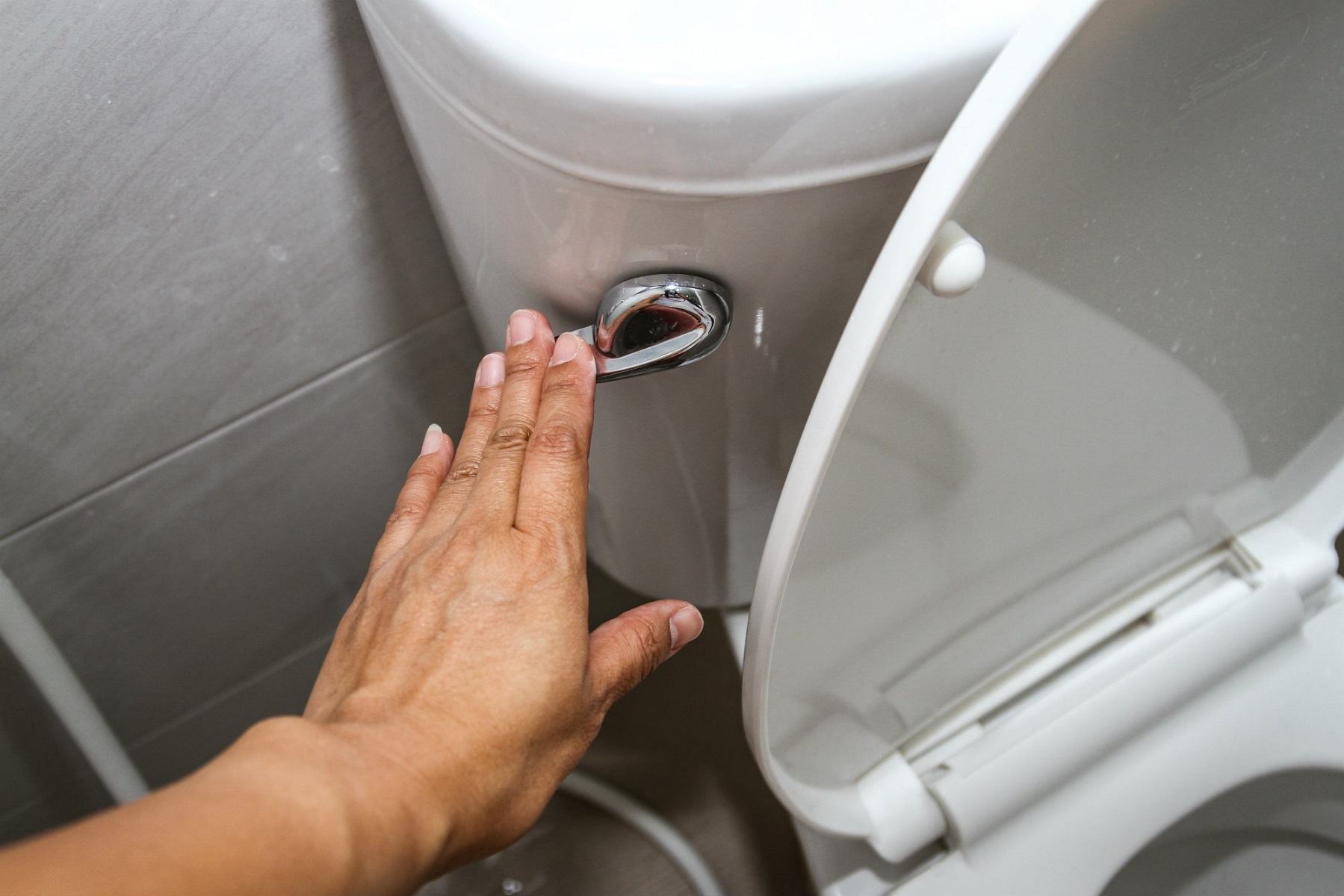

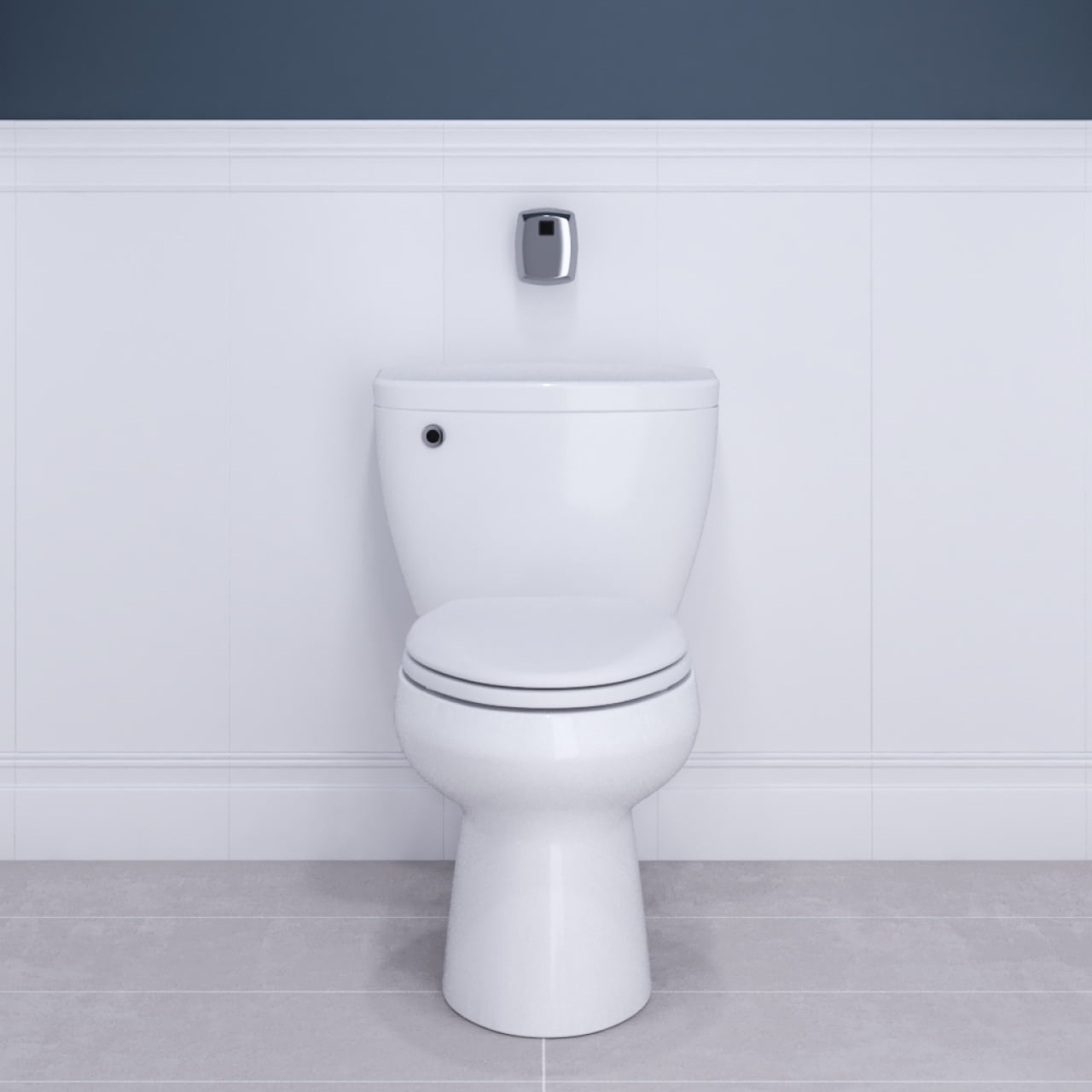

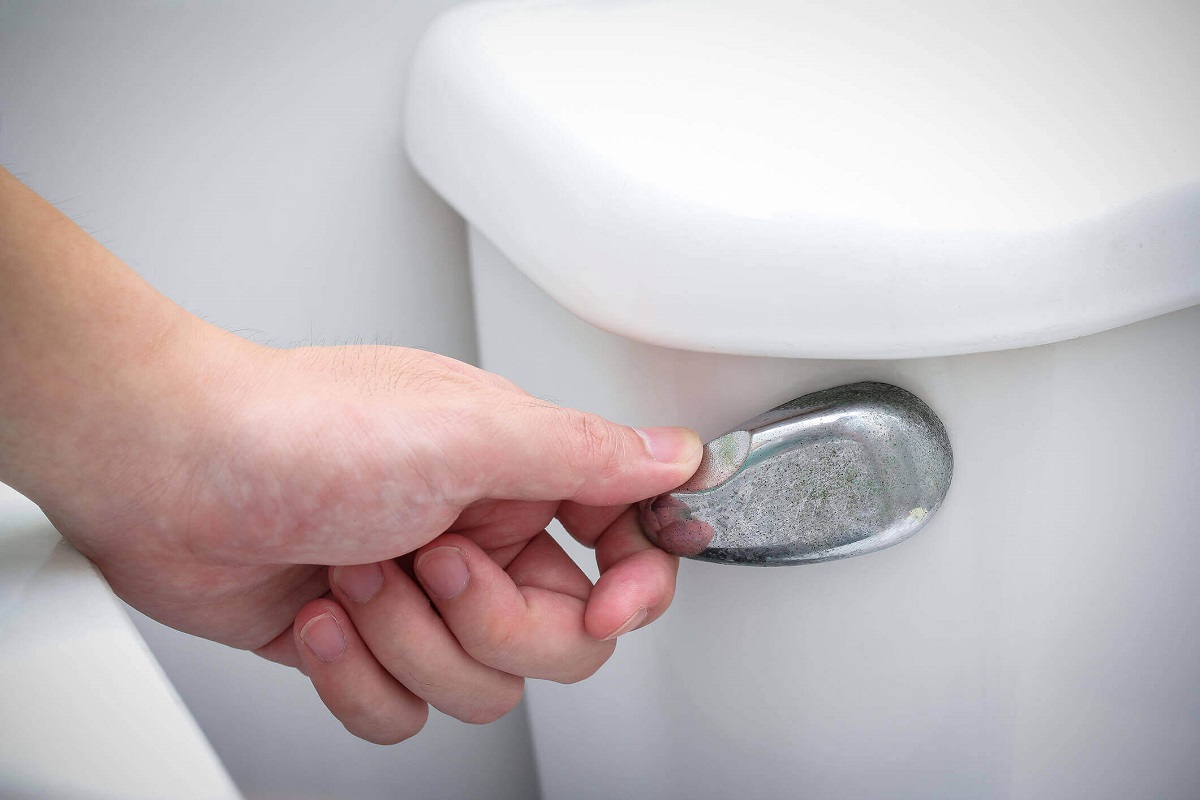
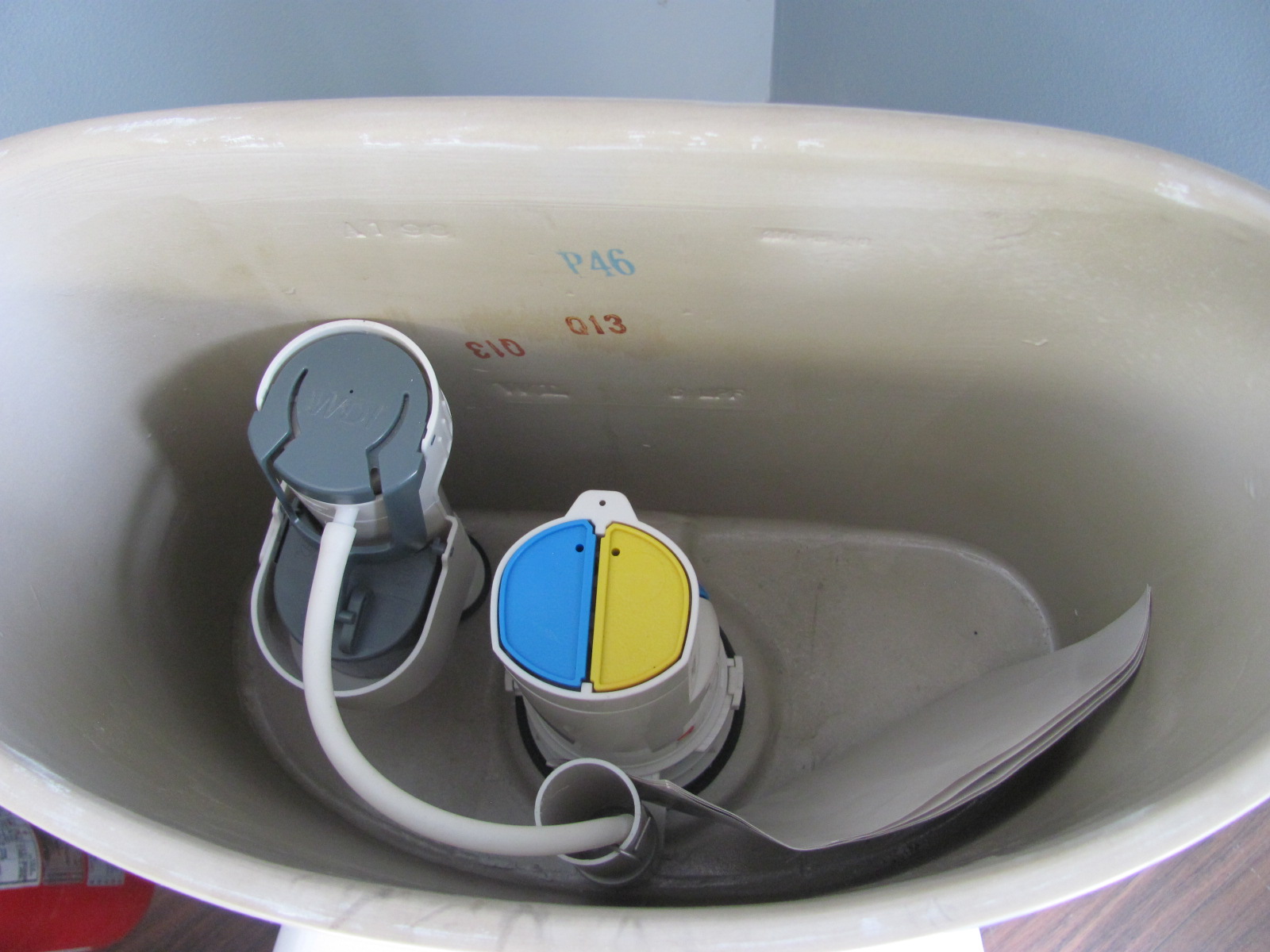
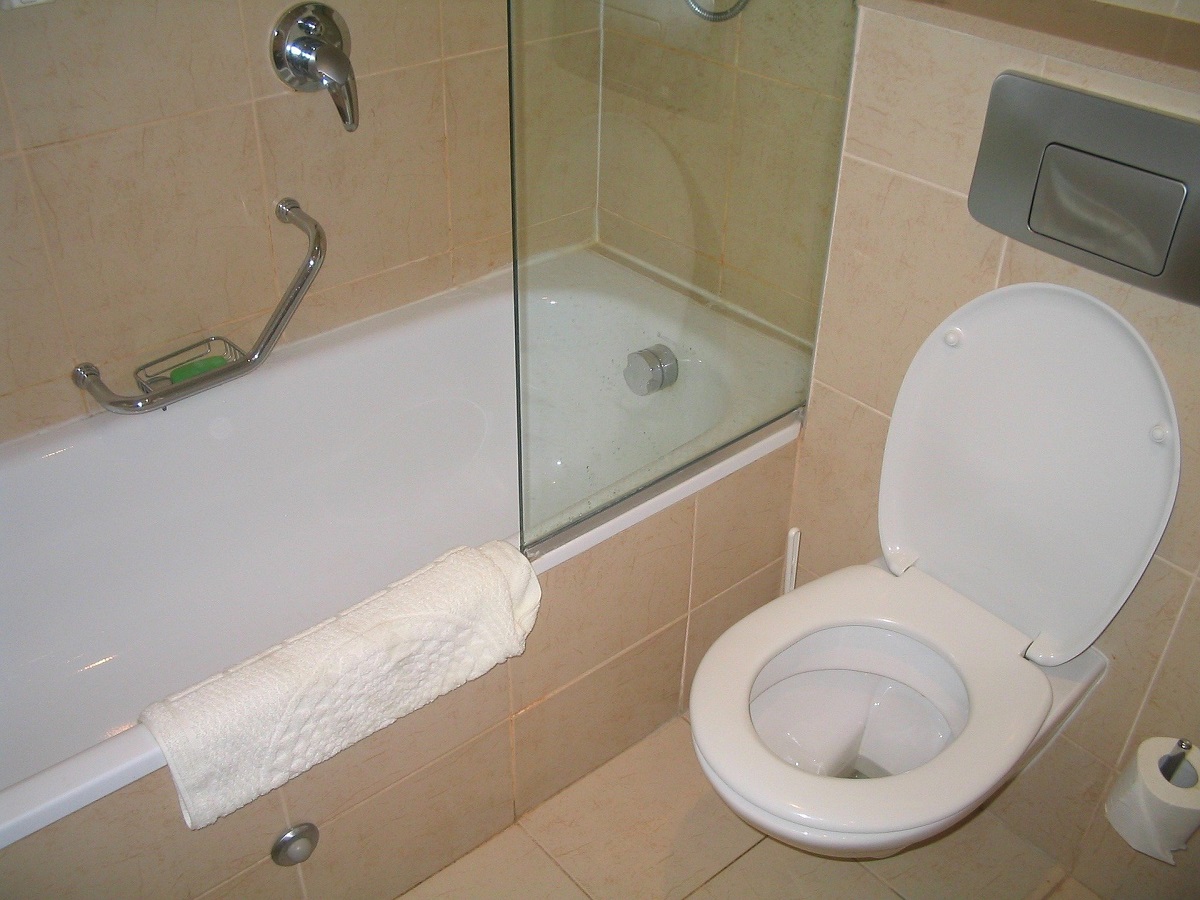
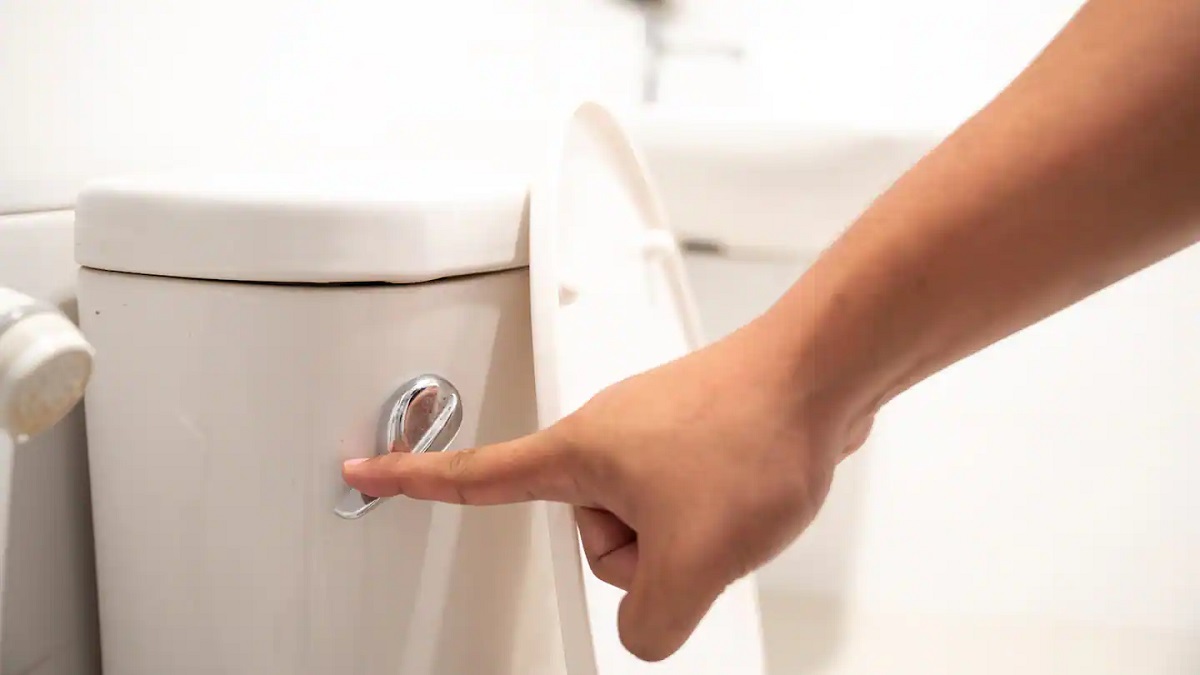
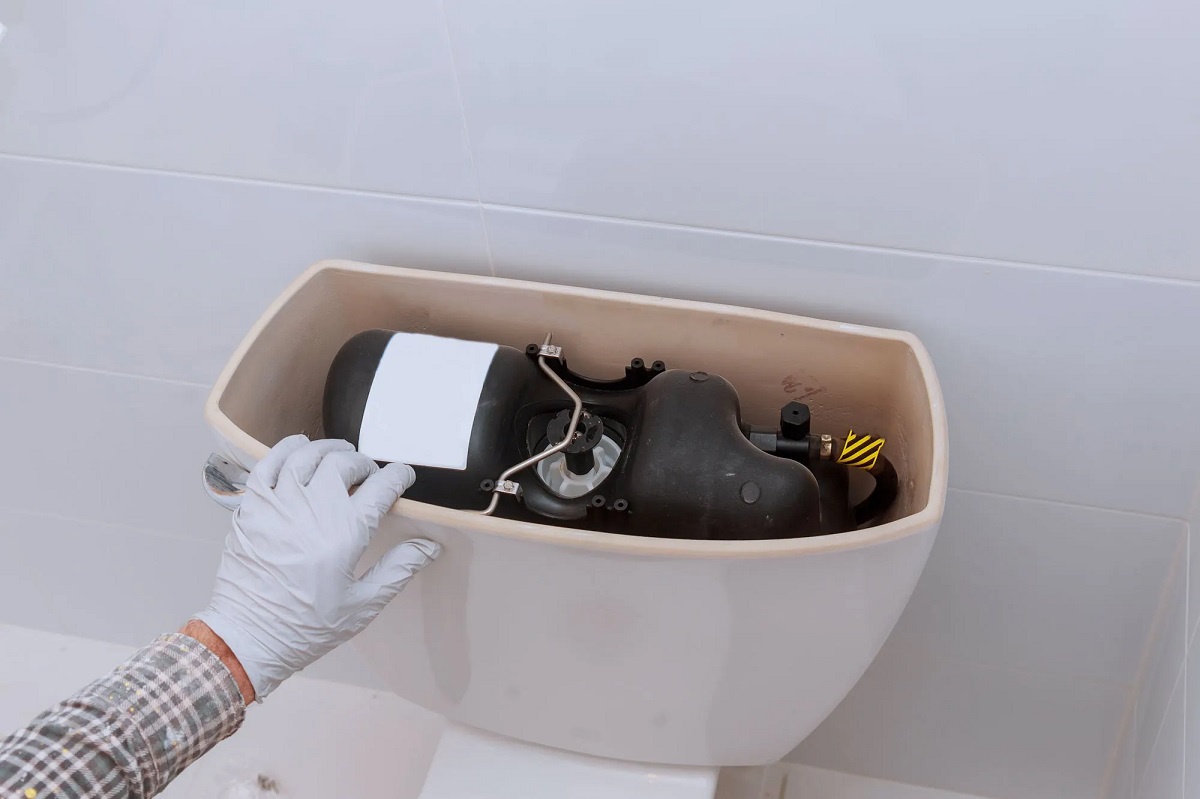
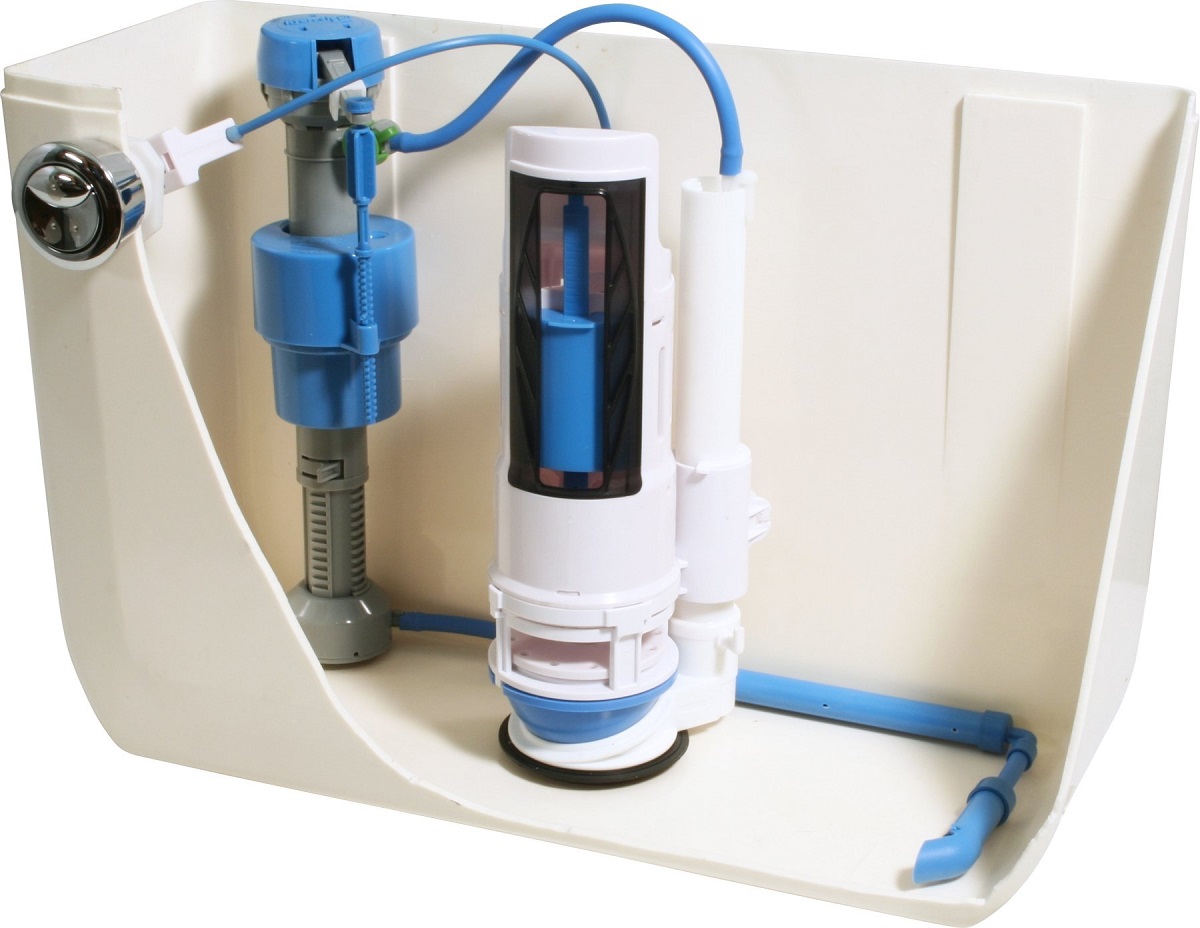
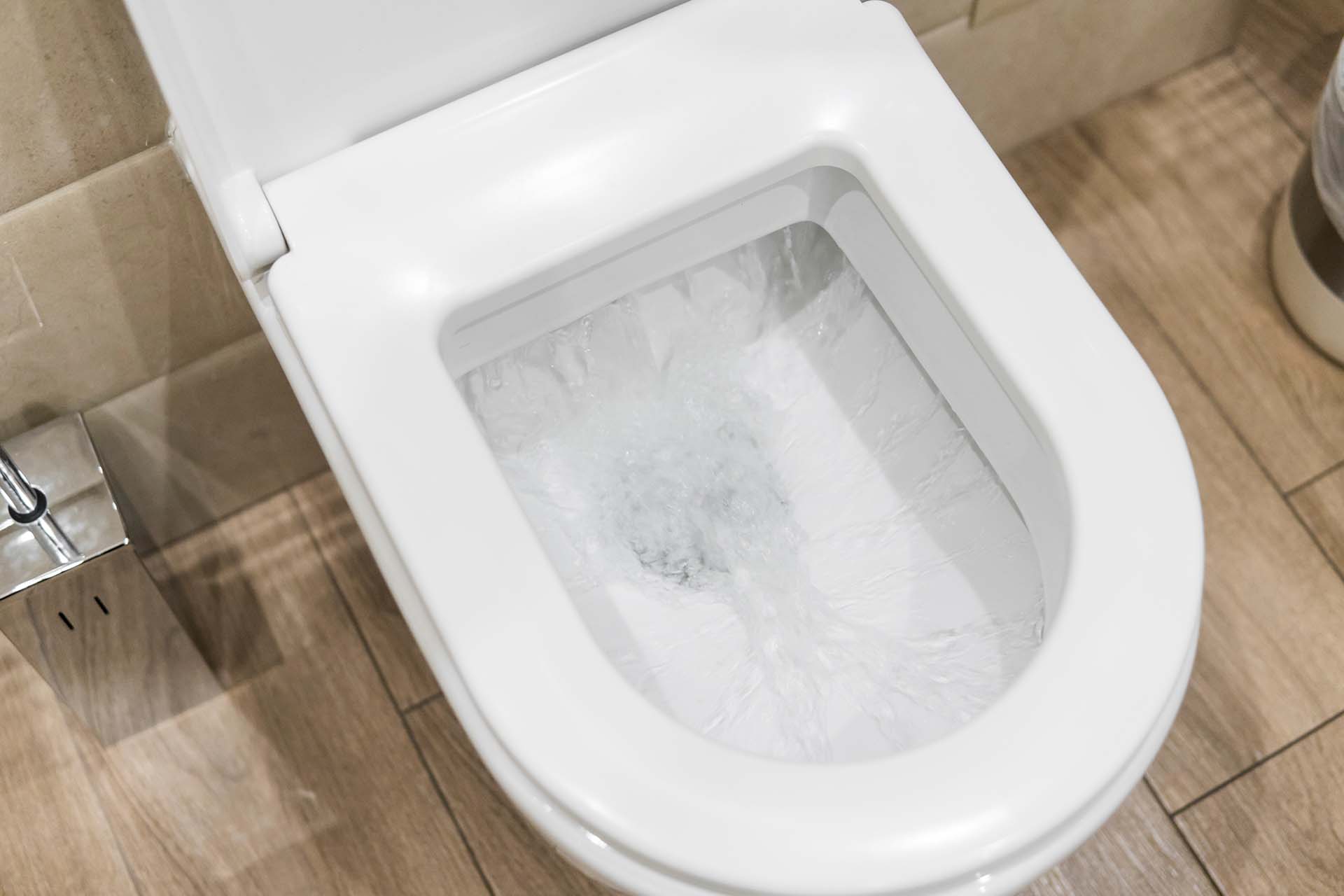
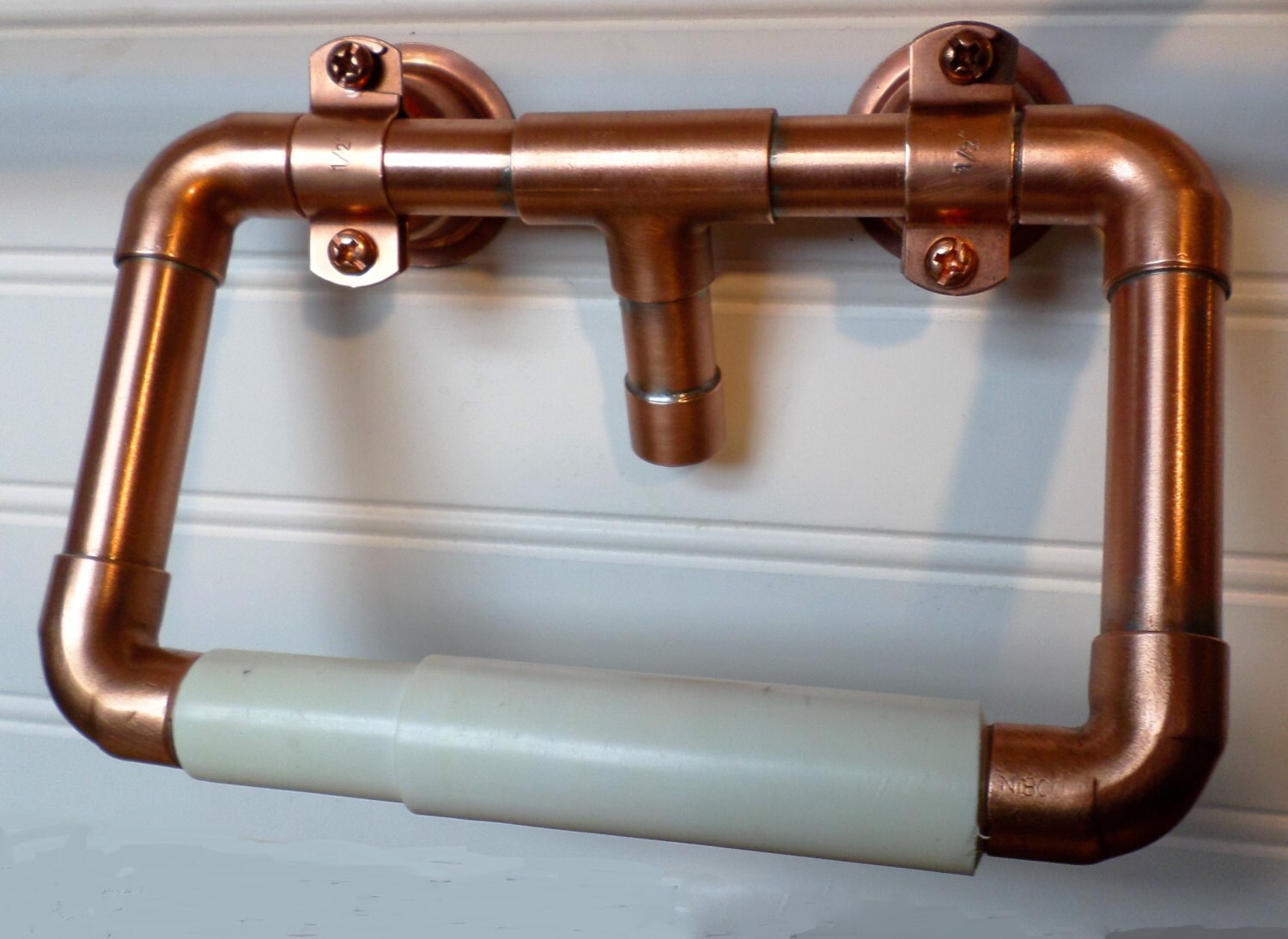
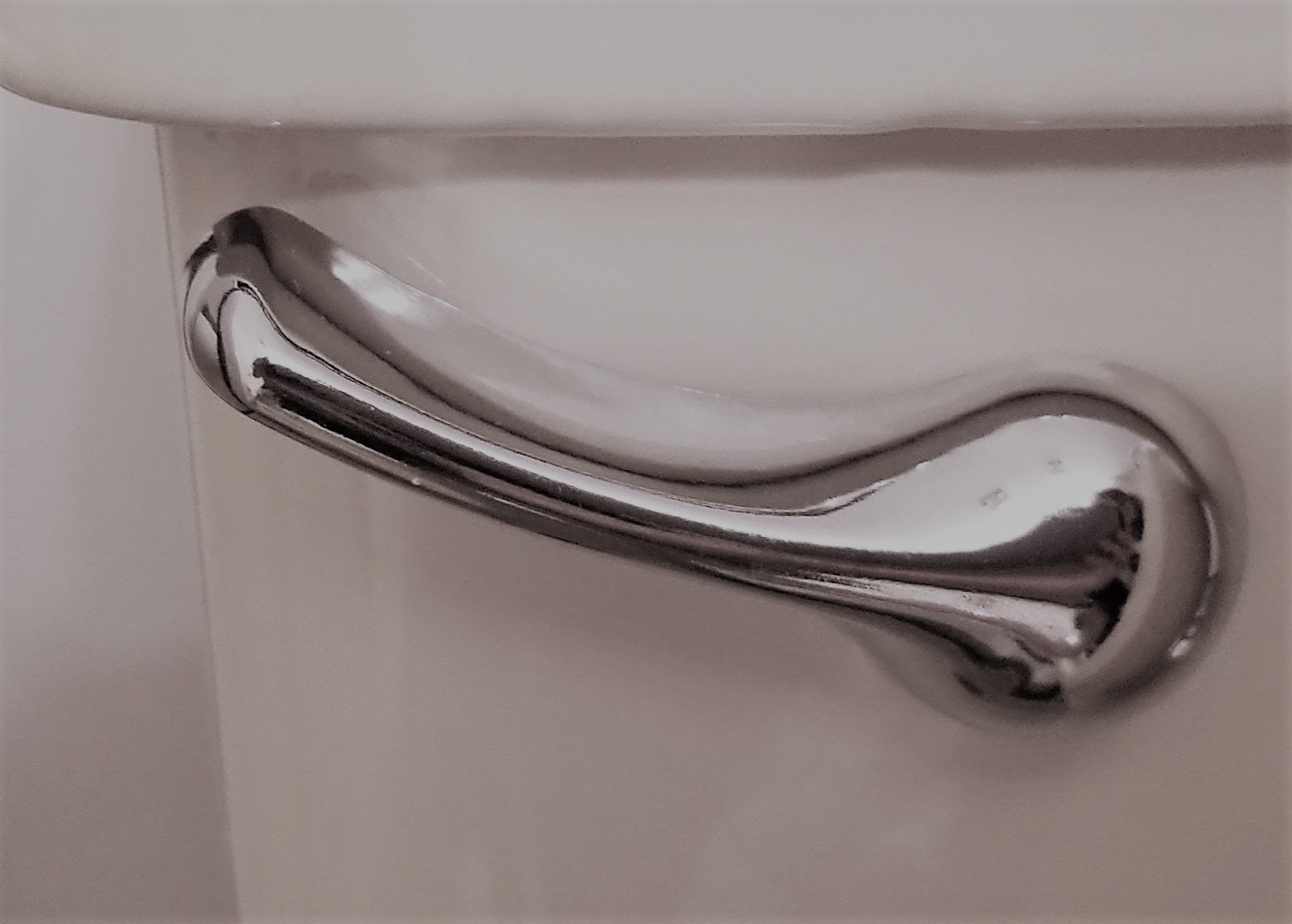

0 thoughts on “What Is The Best Toilet For Flushing”